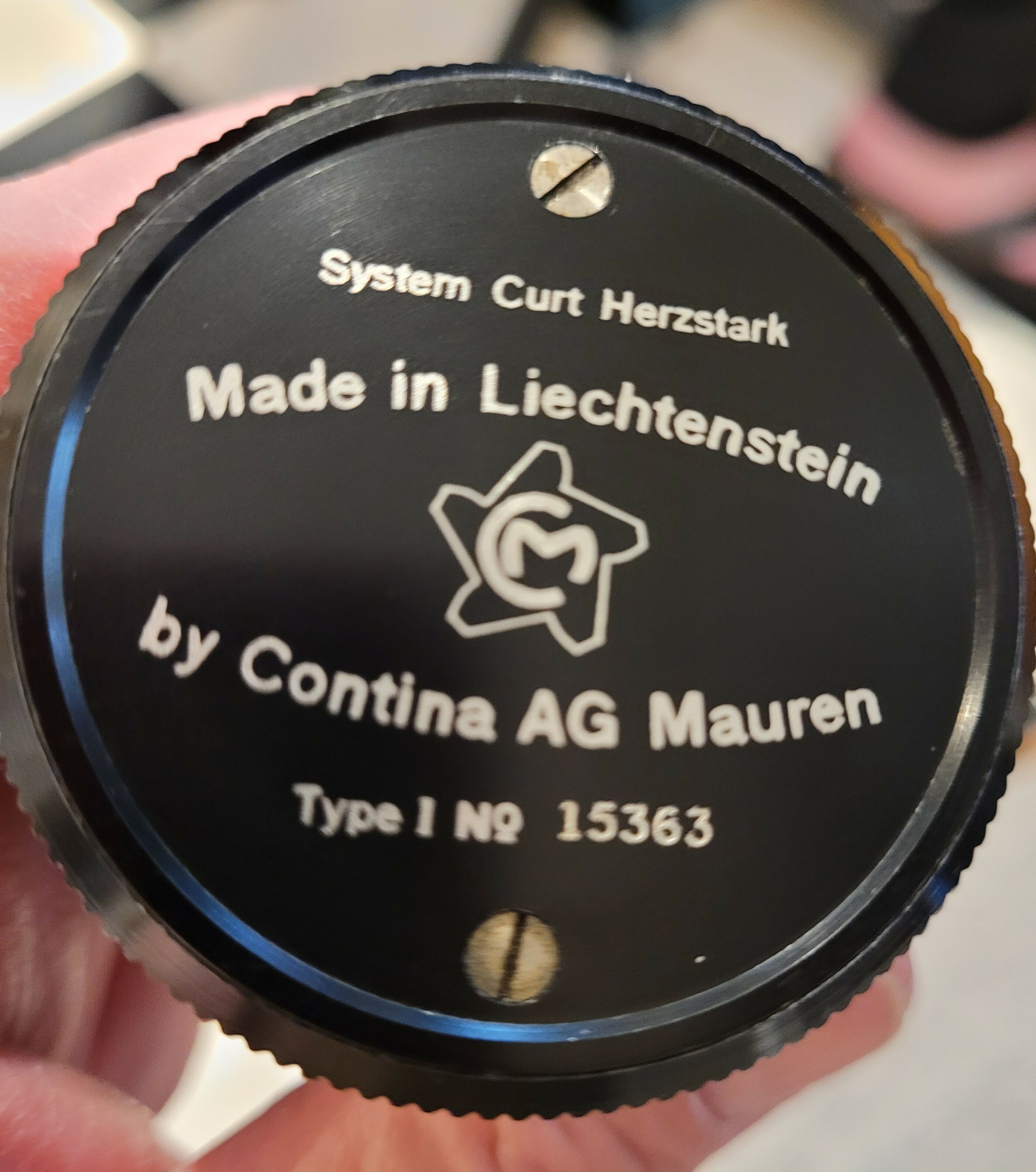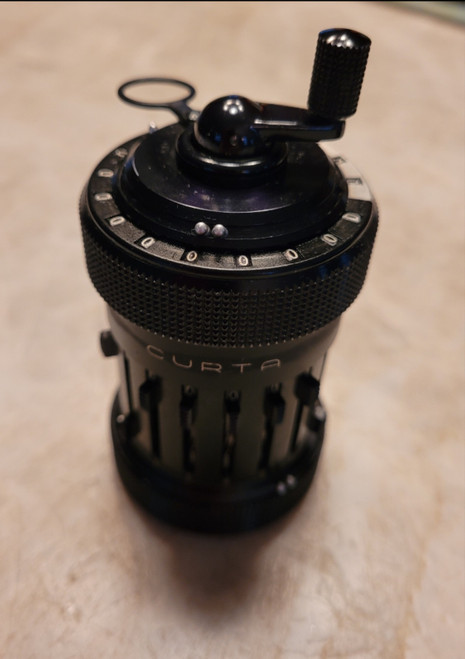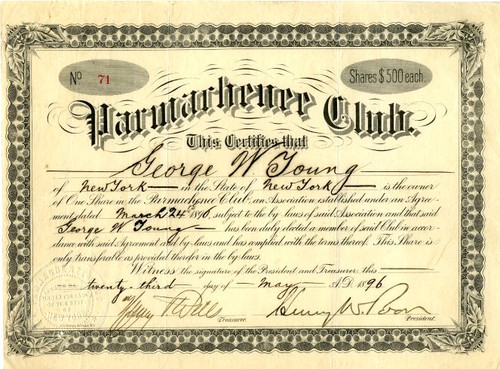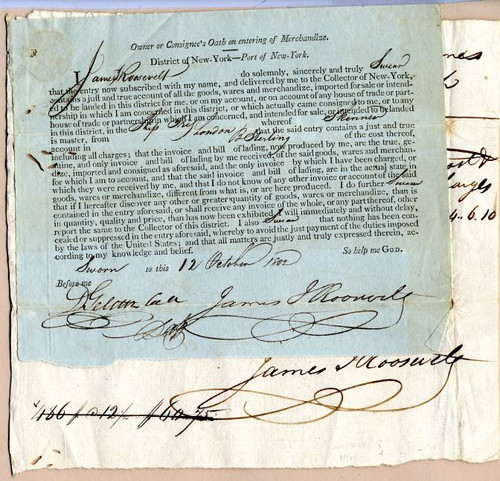Type I Curta Calculator The serial # on this early Type 1 Curta is 15363. This Type I Curta Calculator is in excellent condition and operates flawlessly. The body is very nice and shows minimal wear or tear. There is minor wear on the outer metal case.
In addition to the serial number the bottom of the calculator is stamped Made in Liechtenstein, by Contina AG Mauren, System Curt Herzstark. Case dimensions are approximately 4 5/8" tall by 2 1/4" diameter. The inside of the case has pads on top and bottom to protect the device.

The Curta calculator was invented by Curt Herzstark while imprisoned in a German concentration camp during World War II. This interesting design calculator was the top of the line manual calculator in its day and was immensely popular before the advent of the handheld electronic calculator which essentially made them obsolete in the 70's.

These were made until about 1970 and both Type 1 & Type 2 models were made. Type 1 is rarer. They are highly collectible pieces of calculation history, and an important example of calculation technology in its time. Unknown how many have survived especially in this good of condition.

Curt Herzstark (January 26, 1902 – October 27, 1988) was an Austrian engineer. During World War II, he designed plans for a mechanical pocket calculator (the Curta).
Life and career
Herzstark was born in Vienna, the son of Marie and Samuel Jakob Herzstark. His father was Jewish and his mother, born a Catholic, converted to Lutheranism and raised Herzstark Lutheran.
In 1938, while he was technical manager of his father's company Rechenmaschinenwerk Austria Herzstark & Co., Herzstark had already completed the design of the Curta, but could not manufacture it due to the Nazi German annexation of Austria. Instead, the company was ordered to make measuring devices for the German Army. In 1943, perhaps influenced by the fact that his father was a liberal Jew, the Nazis arrested him for "helping Jews and subversive elements" and "indecent contacts with Aryan women" and sent him to the Buchenwald concentration camp. However, the reports of the army about the precision-production of the firm and especially about the technical expertise of Herzstark led the Nazis to treat him as an "intelligence-slave".
His imprisonment at Buchenwald seriously threatened his health, but his condition improved when he was called to work in the factory linked to the camp, which was named after Wilhelm Gustloff. There, he was ordered to make a drawing of the construction of his calculator, so that the Nazis could ultimately give the machine to the Führer as a gift after the successful end of the war. The preferential treatment this allowed ensured that he survived his stay at Buchenwald until the camp's liberation in 1945, by which time he had redrawn the complete construction from memory.
History from Wikipedia and RM Smythe (old stock certificate research service)









